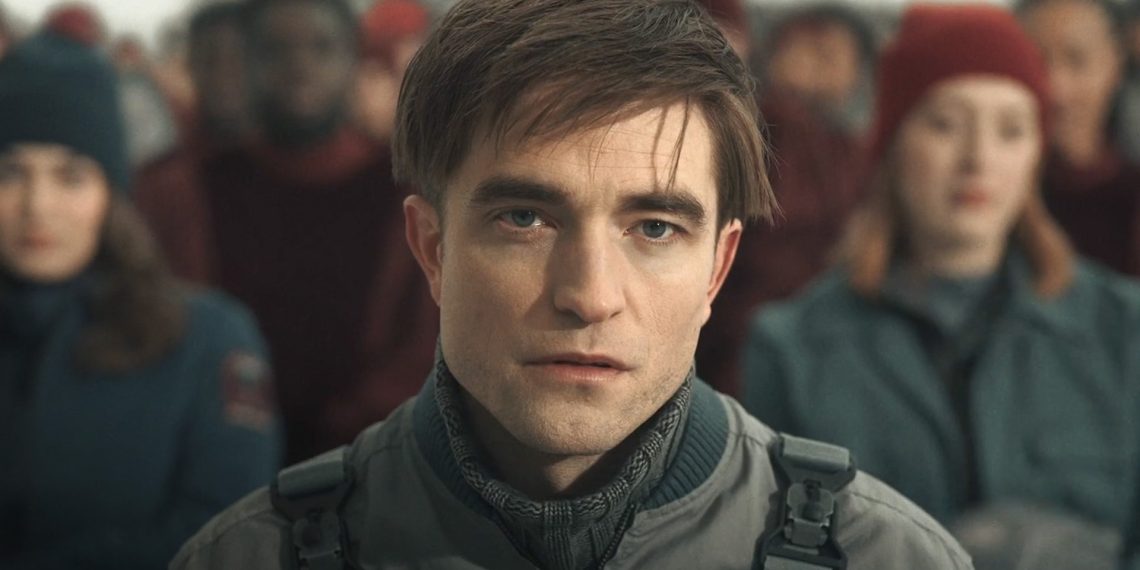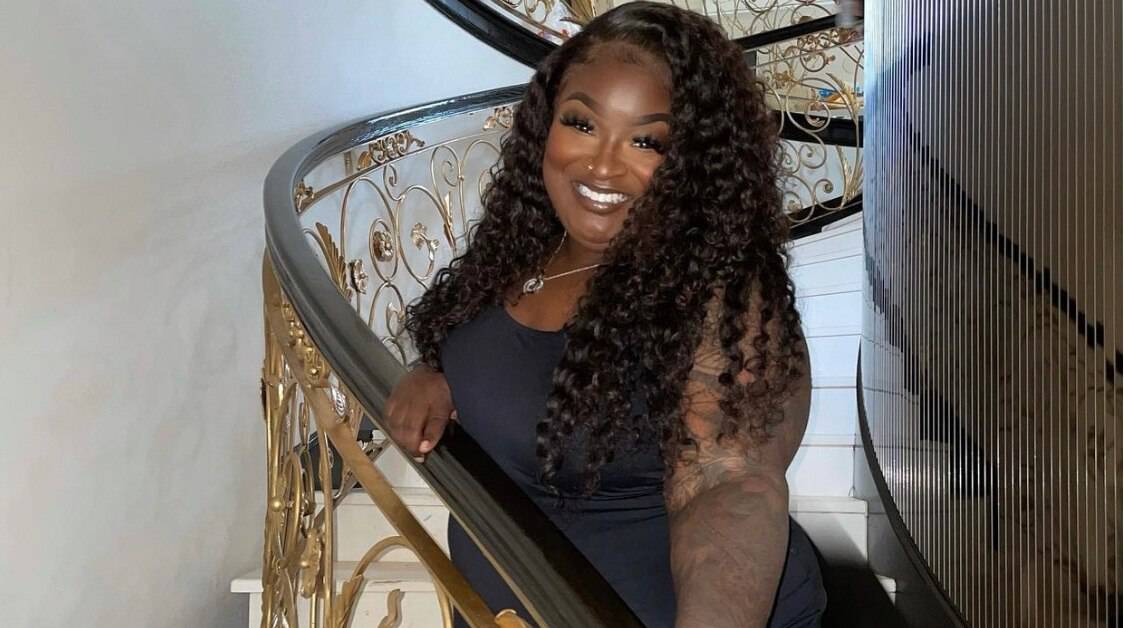Bong Joon-ho’s much-anticipated Mickey 17 arrives as a thrilling exploration of sci-fi themes, blending political commentary with futuristic world-building. Adapted from the novel Mickey 7, the film presents a world where cloning low-level workers, termed “expendables,” is the norm. The story follows the protagonist, Mickey 17 (played by Robert Pattinson), who is an expendable, guiding life on a remote planet and facing life-and-death situations. This delves into the film’s ending, unpacking key moments and exploring the film’s deeper significance.
Mickey 17 Ending Explained
At the core of Mickey 17 is the concept of the expendable program. Mickey 17, one of many cloned workers, is repeatedly sent on dangerous missions where his life is considered disposable. The program itself is highly controversial; although illegal on Earth, it is still practiced on Nilfheim, the distant planet where the film’s action takes place. Mickey’s repeated deaths and rebirths serve as a critique of labor exploitation, where workers are seen as interchangeable commodities.
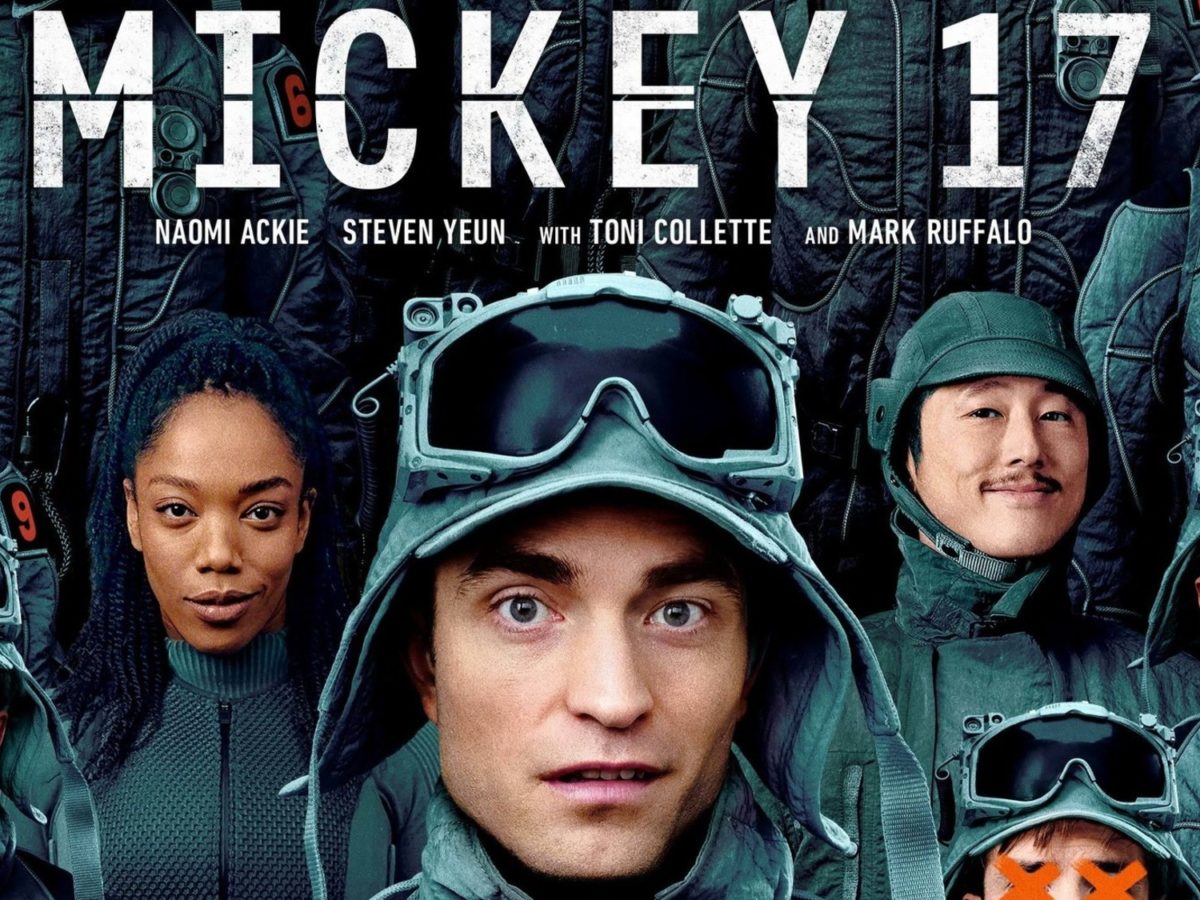
The character of Mickey 17 is placed in a precarious position when his successor, Mickey 18, is printed prematurely. This sets off a chain of events where Mickey 17 faces certain death, and the colony on Nilfheim is thrown into a conflict that escalates throughout the movie.
Mickey 17’s Sacrifice and the End of the Expendable Program
The film’s conclusion reaches a climax as Mickey 17, Mickey 18, and Nasha (Naomi Ackie) thwart the plans of Kenneth Marshall (Mark Ruffalo), the colony’s leader, and his followers. Marshall’s plan involves wiping out Nilfheim’s native species, the creepers, in a genocidal attempt to secure control of the planet. As Mickey 17 and Nasha work together to return a kidnapped creeper baby to its pack, Mickey 18 sacrifices himself by detonating a bomb vest, killing Marshall and his radical followers.
This pivotal moment marks the end of the expendable program. With Mickey 18’s death, Mickey 17 becomes the final “Mickey.” Nasha is then promoted to a position of power on Nilfheim, where she and Mickey work together to destroy the only expendable printer on the planet, making the practice illegal once again. This decision ensures that Mickey 17’s death will be permanent, marking a decisive end to the cycle of cloning.
The Creepers’ Threat and the Bluff That Saved Them
The movie’s final act intensifies when the human colonists, led by Marshall, face off against the creepers. Marshall kidnaps a baby creeper and threatens to wipe out the entire species, believing that the creepers can emit a frequency capable of killing all of humanity. However, when Mickey 17 and Mickey 18 engage in a dialogue with the creepers, they learn that the frequency is a bluff. The creepers, it turns out, cannot actually harm humanity in such a manner. This revelation underscores the film’s theme of survival, as the creepers, despite their formidable appearance, were merely trying to protect their species from extinction.
Kenneth Marshall’s Colonial Ambitions and Genocidal Ideology
Kenneth Marshall, portrayed by Mark Ruffalo, emerges as the film’s main antagonist. Although his character brings a level of comedic energy, his actions reveal a deeply troubling political agenda. After losing a political election on Earth, Marshall spearheads the colonization of Nilfheim with the goal of creating a new human-dominated world. His desire to eliminate the creepers and claim Nilfheim as an exclusive human territory is driven by his authoritarian tendencies. Marshall’s genocidal mindset reflects a broader commentary on the dangers of unchecked power and colonialism, showcasing how such figures attempt to erase Indigenous populations to maintain dominance.
The Dream Sequence: A Paranoid Vision of the Future
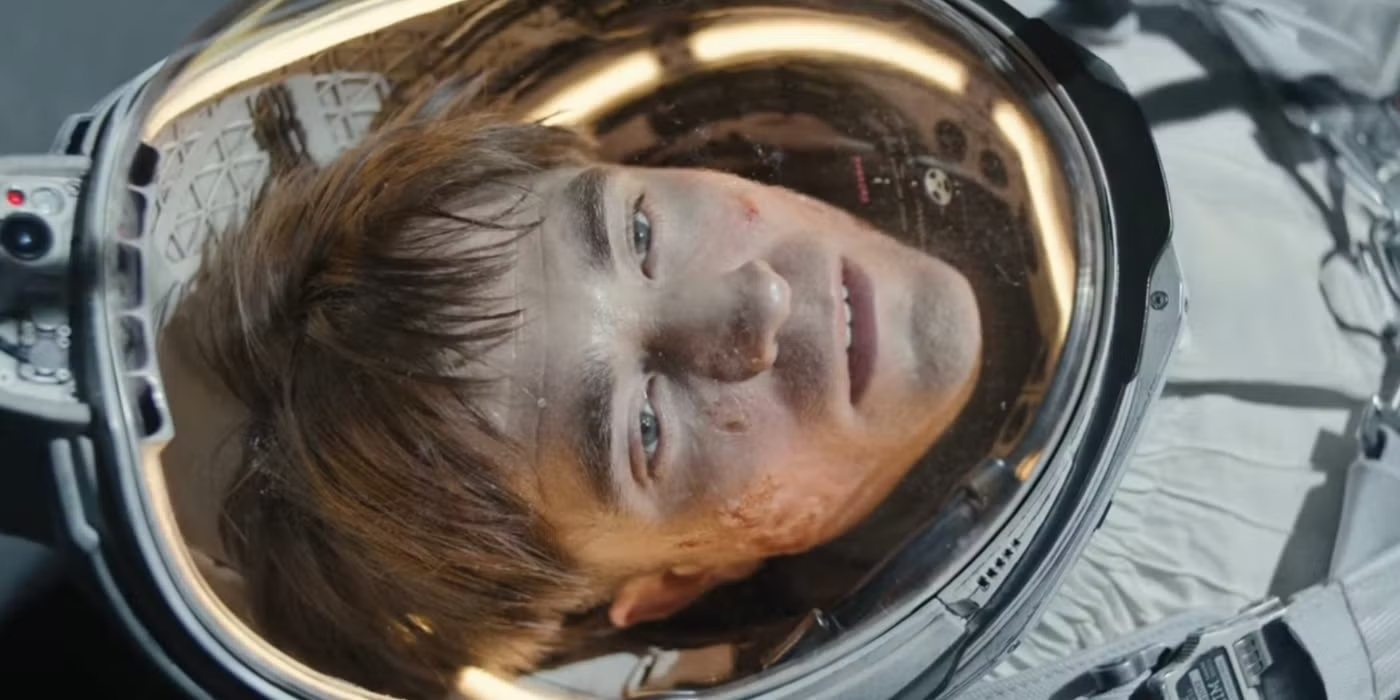
In the film’s closing moments, Mickey 17 experiences a vivid dream sequence that highlights his growing paranoia. In the dream, Mickey finds himself in front of the expendable printer, where Ylfa, Marshall’s wife, appears. She is seemingly printing a new version of Marshall, suggesting that he could return to power. While this sequence occurs in Mickey’s subconscious, it symbolizes the persistent fear of the cycle repeating itself.
The dream underscores a key political theme in Mickey 17: the danger of authoritarian figures rising to power once more. Even though Marshall is dead, the possibility of someone like him taking his place looms large. The expendable printer serves as a metaphor for the cyclical nature of oppression, suggesting that despite the defeat of one tyrant, another could easily emerge unless the system itself is dismantled.
What Mickey 17 Means for the Future: Sequel Possibilities and Themes
Based on the novel Mickey 7 by Edward Ashton, Mickey 17 does leave room for a continuation of the story, as the book has a sequel titled Antimatter Blues. The sequel takes place two years after the events of Mickey 7, with Mickey uncovering a hidden bomb on Nilfheim and attempting to prevent further conflict with the creepers. While this sets the stage for a potential continuation, it is unlikely that a direct film sequel will follow. Director Bong Joon-ho is known for crafting standalone films, and unless Mickey 17 becomes a major financial success, a sequel remains uncertain.
The film’s deeper meaning revolves around issues of power, class, and exploitation. Bong Joon-ho’s approach to science fiction transcends the genre, offering a sharp critique of contemporary societal structures. The expendable program mirrors the real-world dehumanization of workers, while the character of Marshall symbolizes the dangers of authoritarianism. Through its compelling characters and world-building, Mickey 17 invites audiences to reflect on the values of equality and freedom in the face of oppressive systems.
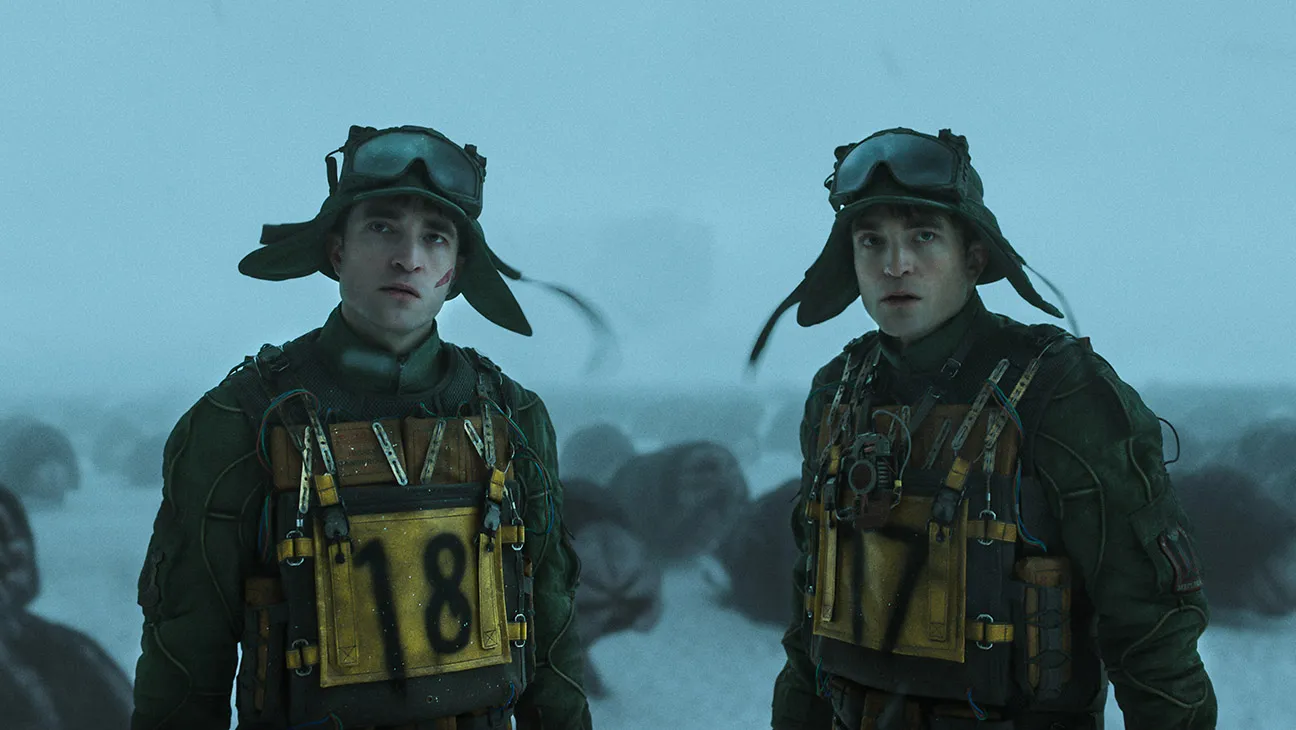
The Political and Social Commentary of Mickey 17
True to Bong Joon-ho’s style, Mickey 17 is layered with social and political commentary. The film critiques capitalism and the exploitation of the working class, with the expendable program acting as a stark metaphor for the disposable nature of labor in modern society. Mickey 17’s repeated deaths and revivals illustrate the ways in which workers are often treated as replaceable, while figures like Kenneth Marshall reflect the authoritarian figures who perpetuate systems of inequality.
Moreover, the film critiques colonial ideologies through Marshall’s desire to wipe out the creepers and establish human dominance in Nilfheim. His genocidal plan to clear the land for human occupation is a direct commentary on the history of colonialism, where indigenous populations were often displaced or eradicated to make way for foreign settlers.
At its core, Mickey 17 explores themes of resistance, survival, and the cyclical nature of power. While the movie ends on a note of optimism with the end of the expendable program, Mickey’s dream sequence reminds us that vigilance is necessary to prevent future tyrants from rising to power.


